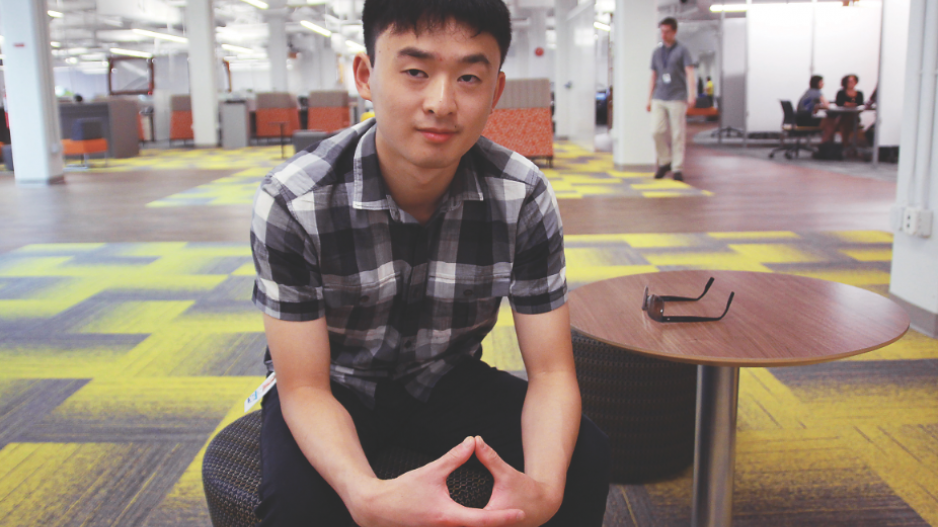Matthew Huang doesn’t get caught up in office politics or drama.
Detail-oriented and productive, he is content to put his full attention on his job of auditing software code that is written by others.
He keeps anxiety at bay by wearing tinted indoor sunglasses, and he sometimes struggles against taking “How was your weekend?” and other casual questions from colleagues too literally.
Huang is autistic.
Companies such as his employer, SAP Canada Inc., are increasingly becoming aware that hiring people such as Huang is far more than being a good member of the community; it’s good for business.
Autistic people often avoid change, which means they’re a good bet for staying loyal and giving the job their full attention.
Finding the right new hire has always been a challenge, but it’s even more difficult for employers if large groups of people are discounted from the outset.
That’s why more companies now either have internal programs that make it easier to hire people with physical or developmental disabilities or, like SAP Canada’s parent, SAP SE, set explicit targets for hiring such workers.
SAP Canada is about one-third of the way toward its corporate parent’s 2020 goal of having 1% of its global workforce on the “autism spectrum” – employees with a range of neuro-developmental disorders.
Eight of SAP Canada’s 2,500 employees are in that spectrum, including six of the company’s 1,200 workers in Metro Vancouver.
“This is not an altruistic pursuit for SAP, but one that is gaining value from the untapped skills and minds of people on the autism spectrum,” said Malinee Narang, who is an SAP human resources business partner in Vancouver.
“There is a shortage of information technology talent in Canada. We want to be a model for other companies and look for talent in areas that we haven’t tapped before.”
In addition to hiring more autistic people, Narang said SAP aims to increase diversity to include more women, people of varied gender orientations and people of a range of ages.
Starbucks Corp. (Nasdaq:SBUX) is another employer that is progressive when it comes to welcoming diversity given that it has had what it calls its café attendants program for more than 14 years.
The program seeks to employ people with developmental disabilities. It gets no government subsidies, and participants are hired at the same starting wage as others, which is often minimum wage.
The company provides more in-depth training and takes more time to allow those in the program to get up to speed, said Shannon Leisz, who is Starbucks’ regional director for Vancouver.
“We have to think about how to build their self-confidence, and that’s done through proper training so they can have positive interactions both for our customers and for themselves.”
Robert Navalta, who is one of the café attendants, told Business in Vancouver that the program has inspired him to strive for new roles in the company.
He currently greets customers, offers them food samples, refills the condiment bar, washes dishes and cleans up washrooms.
“I’d like to move up to learn how to make the drinks,” he said.
Manager Jon Dodge said Navalta’s work habits were often better than those of other employees.
“Robert has never been late or missed a shift,” Dodge said. “He usually arrives half an hour early. He is also a morale booster. When I work with him, I like to make him laugh.
“We have so much fun together.” •




